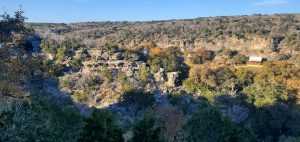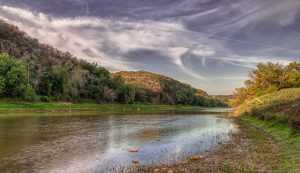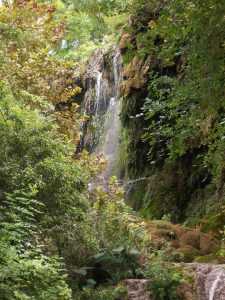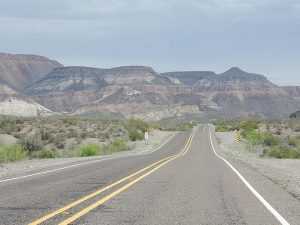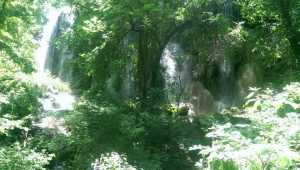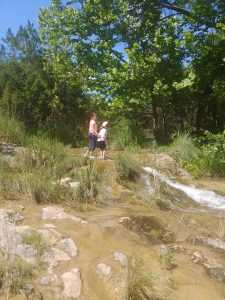Colorado Bend State Park, nestled within the captivating Texas Hill Country, is not only a haven for outdoor adventurers but also a paradise for nature lovers. The park’s diverse ecosystems support a rich array of plant and animal life, making it a fascinating destination for those who appreciate the wonders of the natural world. In this comprehensive guide, we will explore the park’s flora and fauna, shedding light on native species, habitats, rare finds, and providing tips for birdwatching, plant identification, and wildlife photography.
Native Flora:
Colorado Bend State Park showcases a variety of native flora, adapting to the rugged terrain and diverse landscapes. Within the park’s woodlands, you’ll encounter oak and pecan trees, creating shaded canopies that shelter an assortment of wildflowers, including bluebonnets, Indian paintbrushes, and Texas primroses. Along the riverbanks, cypress trees line the shores, adding to the park’s picturesque beauty.
Keep an eye out for prickly pear cacti, yuccas, and various succulents thriving in the arid regions of the park. The diverse plant life ensures that every hike or nature walk reveals a kaleidoscope of colors and scents, providing a delightful experience for plant enthusiasts.
Native Fauna:
Colorado Bend State Park is home to a diverse array of wildlife, both common and rare. White-tailed deer, wild turkeys, and armadillos are commonly spotted within the park’s woodlands, offering visitors a glimpse into the region’s native fauna. The park’s river and streams are inhabited by sunfish, catfish, and bass, creating a thriving ecosystem for aquatic life.
Birdwatching Paradise:
For birdwatchers, Colorado Bend State Park is a true paradise. Over 150 bird species have been documented within the park, making it a hot spot for avian enthusiasts. Keep an eye out for the vibrant colors of the painted bunting, the majestic flight of the turkey vulture, and the distinctive call of the canyon wren. Birdwatching can be particularly rewarding around Gorman Falls and along the riverbanks, where both woodland and water-loving species can be observed.
Plant Identification Trails:
For those interested in plant identification, the park offers designated trails where interpretive signage guides visitors through the diverse plant life. These educational trails provide information on the various flora encountered along the way, allowing nature lovers to deepen their understanding of the park’s botanical diversity.
Wildlife Photography Tips:
Capturing the beauty of Colorado Bend’s flora and fauna through wildlife photography requires patience, observation, and a keen eye. Use a telephoto lens for capturing birds and other wildlife from a distance, allowing you to observe their natural behavior without disturbing them. Early morning and late afternoon are ideal times for photography, as the soft sunlight enhances colors and textures. Remember to maintain a respectful distance from the wildlife to minimize disturbance and ensure their well-being.
Conclusion:
Colorado Bend State Park invites nature lovers on a captivating journey through its rich tapestry of flora and fauna. From the vibrant wildflowers to the diverse bird species, every corner of the park holds a treasure for those who appreciate the wonders of the natural world. Whether you are a birdwatcher, a plant enthusiast, or a wildlife photographer, Colorado Bend offers a myriad of opportunities to connect with nature and deepen your understanding of Texas Hill Country’s biodiversity. So, lace up your hiking boots, grab your binoculars and camera, and embark on a nature lover’s adventure in the heart of Colorado Bend State Park.

